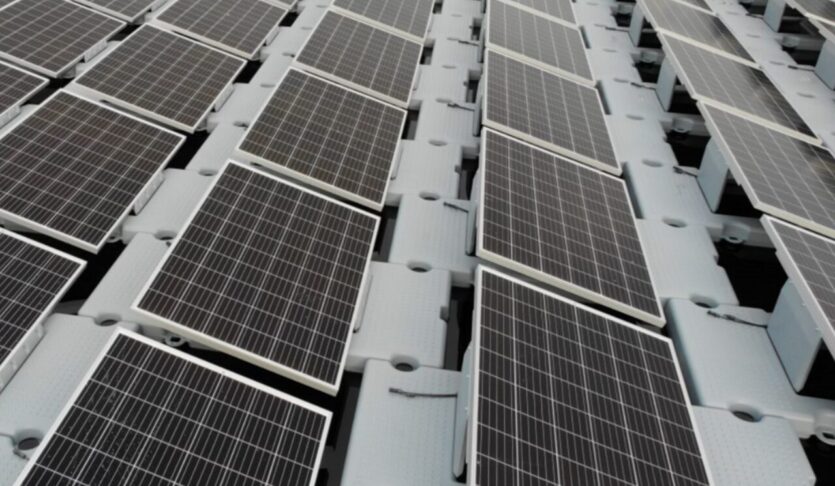Floating PV: Energy Generation on Water – Potential and Perspective
Demand for floating photovoltaic (FPV) systems is on the rise — but what opportunities and challenges does this technology present? Here’s an overview.
Growing Interest Across Europe
Interest in floating PV systems — solar modules installed on water surfaces — is rapidly increasing throughout Europe. The reasons are varied: volatile electricity prices, the need to preserve land resources, and technological advancements in design and installation. While the first systems are already successfully in operation, many more are under construction or in the approval process.
Untapped Potential: Turning Water into Power
Floating PV unlocks new opportunities by utilizing water bodies that have previously been unused for energy production — such as irrigation reservoirs, quarry lakes, gravel pits, and retention basins. These systems produce electricity without competing for agricultural or structural land use, offering a resource-efficient alternative to ground-mounted systems, particularly in regions with limited available land.
Efficiency Gains Through Natural Cooling
From a technical standpoint, FPV modules benefit from passive cooling through water evaporation below the panels, increasing output by up to 5% compared to ground-mounted systems. At the same time, the shade cast by the panels reduces evaporation, making these systems especially valuable for artificial or seasonal water bodies. The result is a symbiotic relationship between solar energy and water resource management.
Engineering Challenges: Design and Maintenance
Floating PV systems must withstand extreme environmental conditions — wind, waves, and UV exposure demand robust system design. To ensure a lifespan of 20 to 40 years, floating structures, anchoring systems, and electrical connections must meet the highest durability standards. Equally important is ease of maintenance: Regular inspections are key to maintaining system performance and operational safety.
Economics and Outlook
While upfront costs for FPV systems are currently somewhat higher than for ground-mounted systems, other factors may offset this — such as lower land lease expenses, increased efficiency, and reuse of existing infrastructure. Smaller FPV systems, particularly for agricultural irrigation, are especially attractive: quick to install, they can be used as standalone solar pumping systems or hybrid energy solutions. Most modern systems also feature remote monitoring and control for streamlined operation.
Environmental Impact: Early Answers to Open Questions
Environmental impact — especially on biodiversity — remains a key concern. However, early studies of active quarry lakes show no significant changes in water quality, as long as the entire surface isn’t covered. New approaches are even enhancing ecological value — such as installing rock cages to support small fish populations.
Regulatory Barriers: The Need for Policy Action
The scalability of FPV in Europe will depend heavily on regulatory frameworks. Today, complex approval procedures and the lack of integration for small-scale systems into national renewable energy laws (like Germany’s EEG) slow down adoption. Clear legal definitions and streamlined permitting processes for smaller systems would mark an important step forward.
Conclusion: Floating Systems Anchored in the Future
Floating PV offers a highly promising addition to conventional solar solutions — particularly wherever unused water surfaces are available and energy production makes economic sense. Combined with recyclable materials and a low carbon footprint, FPV can make a strong contribution to climate-friendly power generation — especially for farmers, municipalities, and water body operators.

